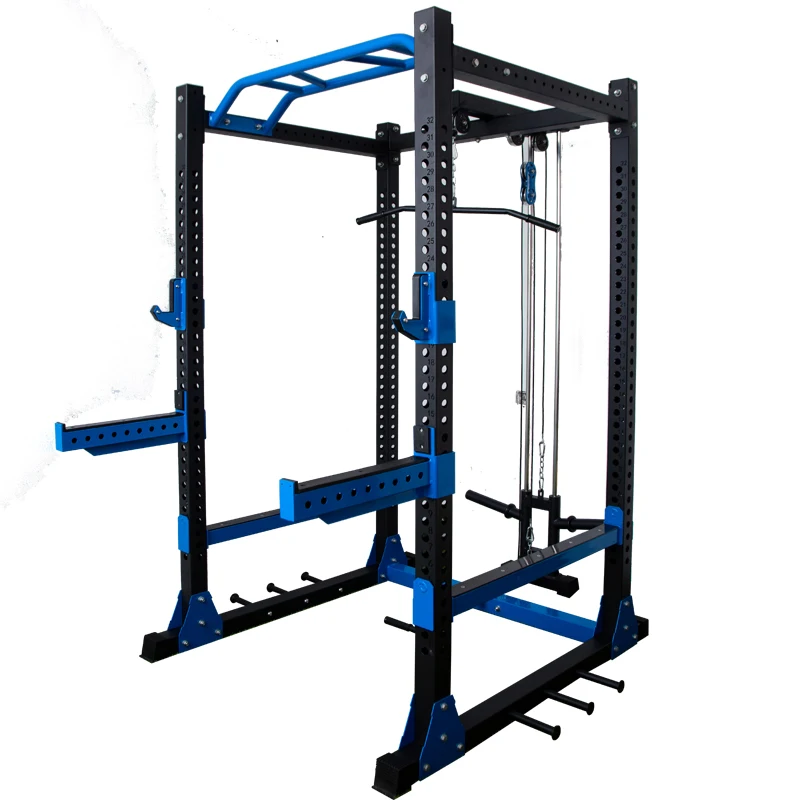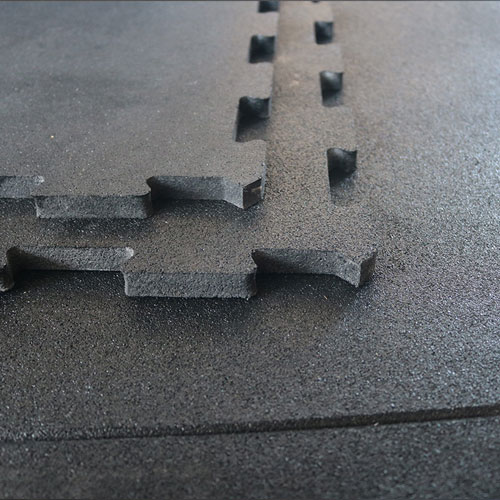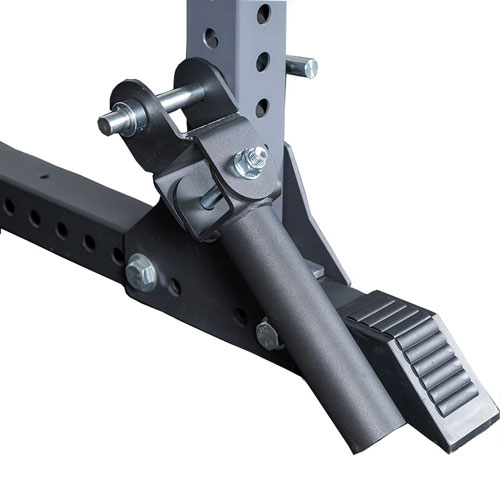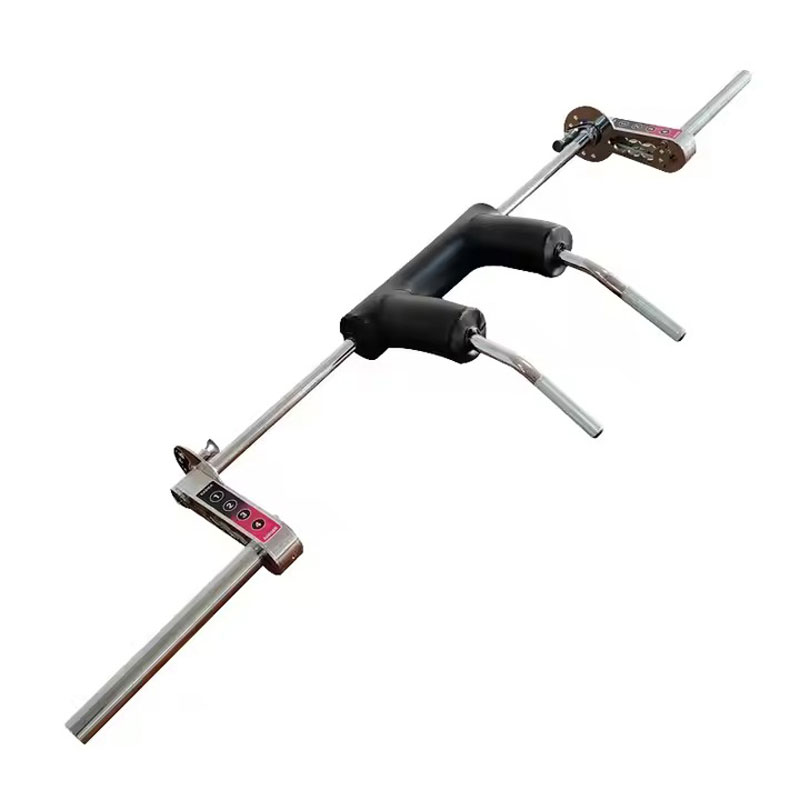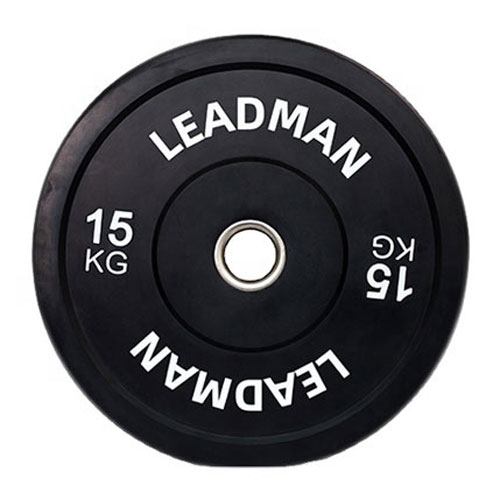Optimizing Bumper Plate Inventory for Fitness Facilities
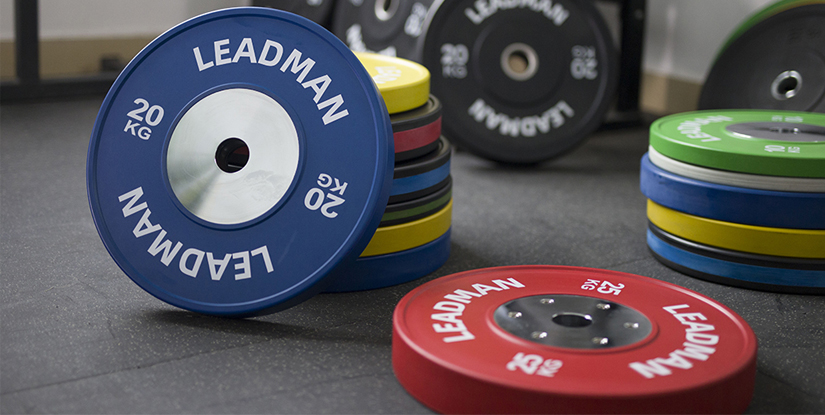
Introduction
Welcome to Leadman Fitness's guide on optimizing bumper plate inventory for fitness facilities. As a leading manufacturer of high-quality fitness equipment, we understand the challenges gym owners and managers face in maintaining the right inventory levels to meet member needs while minimizing costs. In this article, we'll explore practical strategies to efficiently manage your bumper plate inventory, ensuring that you always have the right equipment on hand to support your members' training goals.
Effective inventory management is crucial for the smooth operation of any fitness facility. By optimizing your bumper plate inventory, you can reduce storage needs, minimize the risk of shortages, and improve overall member satisfaction. Whether you run a large commercial gym,or a boutique fitness studio, these strategies can help you streamline your inventory management processes.
Our goal is to provide you with the knowledge and insights necessary to transform your gym into a highly efficient and appealing fitness destination.
Ready to take control of your bumper plate inventory? Let's dive into the essential elements of effective inventory management.
Understanding Your Inventory Needs
Before implementing any inventory management strategies, it's crucial to understand your facility's specific needs and usage patterns. This involves analyzing your membership size, training programs, and peak usage times.
1. Analyze Membership Demographics
Consider the demographic makeup of your membership base. Are most of your members beginners, intermediate, or advanced lifters? This will help you determine the appropriate weight ranges and quantities of bumper plates to stock.
For example, if you have a large number of beginner members, you'll need to stock more of the lighter bumper plates to accommodate their training needs.
2. Review Training Programs
Assess the types of training programs offered at your gym. Are you primarily focused on Olympic weightlifting, powerlifting, or general strength training? Each of these modalities will have different bumper plate requirements.
If you offer Olympic weightlifting classes, you'll need to stock a sufficient number of competition-grade bumper plates that meet IWF standards.
3. Identify Peak Usage Times
Determine your gym's peak usage times. This will help you anticipate demand and ensure that you have enough bumper plates available during those periods.
Monitor your gym's usage patterns to identify the busiest times of day and days of the week. Adjust your inventory levels accordingly to avoid shortages and member frustration.
Implementing Inventory Management Systems
Once you understand your inventory needs, it's time to implement systems to track usage, monitor stock levels, and forecast demand.
1. Use Inventory Tracking Software
Consider using inventory tracking software to automate the process of monitoring your bumper plate inventory. This software can help you track usage, set reorder points, and generate reports on stock levels.
2. Conduct Regular Inventory Audits
Perform regular inventory audits to verify the accuracy of your inventory records. This involves physically counting your bumper plates and comparing the results to your inventory tracking system.
3. Establish Reorder Points
Set reorder points for each weight range of bumper plates. This will trigger an alert when stock levels fall below a certain threshold, prompting you to reorder before you run out.
4. Forecast Demand
Use historical data and upcoming events to forecast demand for bumper plates. This will help you anticipate and prepare for periods of high demand, ensuring that you always have sufficient stock on hand.
Efficient Storage Solutions
Proper storage is essential for maintaining a well-organized and efficient gym environment. By optimizing storage, you can reduce clutter, improve accessibility, and enhance the overall aesthetic of your facility.
1. Vertical Storage Racks
Use vertical storage racks to maximize space and keep bumper plates organized. This will help prevent clutter and make it easier for members to access the equipment they need.
2. Wall-Mounted Solutions
Consider using wall-mounted storage solutions for lighter bumper plates or accessories. This will free up floor space and create a more open environment.
3. Labeling and Signage
Use clear labeling and signage to identify different weight ranges and storage areas. This will help members quickly locate the equipment they need and maintain a sense of order in the gym.
Strategic Purchasing Practices
Developing strategic purchasing practices can help you optimize your bumper plate inventory while minimizing costs.
1. Bulk Purchases
Consider purchasing bumper plates in bulk to take advantage of discounts and reduce the cost per unit. This can be particularly beneficial for high-traffic facilities.
2. Seasonal Sales
Keep an eye out for seasonal sales or promotions from suppliers. These can offer opportunities to stock up on essential equipment at discounted prices.
3. Partner with Reliable Suppliers
Partnering with a reliable supplier ensures that you receive high-quality bumper plates.
Want to Know More About Bumper Plate Solutions?
Optimizing your bumper plate inventory can significantly improve member satisfaction and drive business success.
For questions about effective bumper plate solutions and inventory that fits your needs, reach out today!
FAQ About Optimizing Bumper Plate Inventory
1. How often should I conduct inventory audits?
Conduct inventory audits at least quarterly to ensure accuracy and identify any discrepancies in your records.
2. What are the benefits of using inventory tracking software?
Inventory tracking software helps automate inventory management, reduces errors, and provides real-time insights into stock levels and usage patterns.
3. How can I forecast demand for bumper plates effectively?
Use historical data, seasonal trends, and upcoming events to forecast demand. This will help you prepare for periods of high demand and avoid stockouts.
4. What role does storage play in inventory management?
Proper storage is essential for maintaining a well-organized inventory. It helps reduce clutter, improve accessibility, and enhance the overall aesthetic of your facility.
Conclusion
Optimizing your bumper plate inventory is a critical step in ensuring the smooth operation of your fitness facility. By understanding your inventory needs, implementing effective management systems, and utilizing efficient storage solutions, you can create a well-organized and efficient training environment that supports member satisfaction and business success.
We hope these tips help you create a more efficient and effective gym environment!

